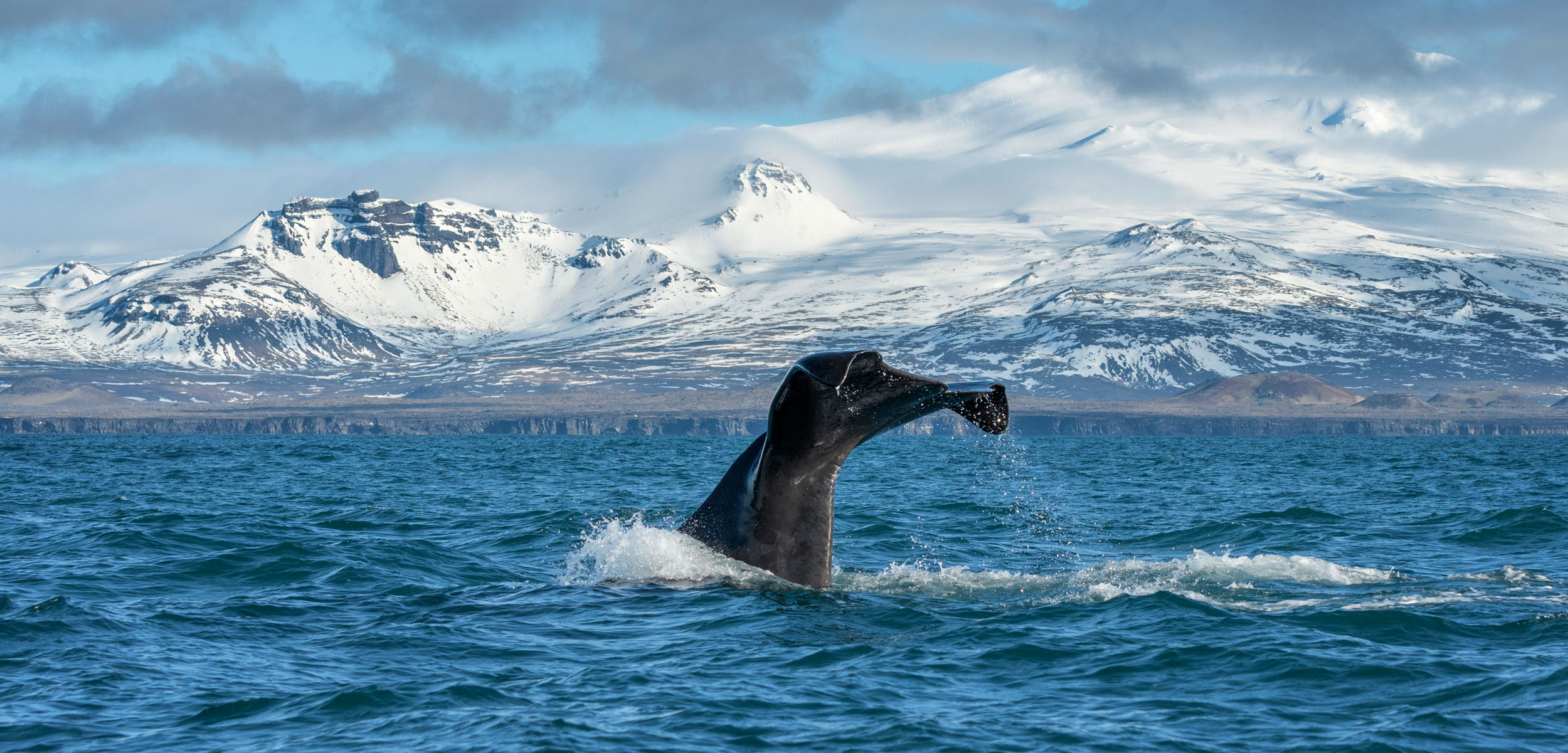Inland Icelanders Burned Whale Bones for Warmth
An archaeological find shows that whale bones were sometimes imported inland to use as fuel.
Article body copy
Archaeologists have found evidence that people on an inland Icelandic farm burned chunks of whale bone as fuel during a 17th- and 18th-century cold snap. The find is surprising, since the farm—Gröf Farm in southern Iceland—is more than 30 kilometers from the coast.
Whale bones are much more porous than those of land mammals, and the open spaces collect oily deposits of fat, which may help whales to maintain buoyancy. That fat also makes the bones easy to burn. “They’re kind of like giant candles,” says marine biologist Nick Higgs of the Cape Eleuthera Institute in the Bahamas, who has studied the use of bones as biofuel.
Coastal peoples in high Arctic latitudes, where wood is scarce, have traditionally burned oil-laden whale bones for heat and cooking. Archaeologists have also found burned whale bone at Mesolithic sites in Britain, and a text from the mid-1500s describes the practice in Norway. But Gröf Farm is only the second place in Iceland where burned whale bones have turned up—the other site is a whaling station on the coast.
Archaeologists George Hambrecht and Kevin Gibbons of the University of Maryland, College Park stumbled on the surprising find at Gröf Farm while excavating an otherwise unremarkable 17th-century midden. The burned pieces were whale vertebrae, which are among the most oil-rich bones in a whale’s body. The bones bore marks from a chopping blade, as if someone cut them into smaller pieces to expose more of the flammable oil.
Wood was a limited resource in 17th- and 18th-century Iceland. The few small forests belonged to the wealthiest estates, and Icelandic law assigned landowners a specific share of rights to driftwood. Farmers who lacked the wealth and social status to have access to wood burned turf and peat. Iceland’s climate was unpredictable, with cold snaps sometimes lasting for years at a time—especially during a particularly cold phase of the Little Ice Age that started around 1650.
At first, Hambrecht and Gibbons assumed people at Gröf resorted to burning whale bone because they had no other fuel. But there was burned wood mixed in with the bones. Artifacts at the site, and the presence of a church, suggest that the farm-dwellers at Gröf were well off enough to have had some access to driftwood, the researchers say. Instead of a desperate last resort, people at Gröf probably used the whale bone simply because they could.
As with driftwood, Icelandic law spelled out who had the rights to portions of the meat, bone, and blubber from beached whales. “It was probably a stranding on the southern coast,” suggests Hambrecht. “Perhaps they had rights to a portion of the meat and they also took a portion of the bone as well.”
This matches with other archaeological evidence that suggests Icelanders were very flexible and adaptable in the face of climate swings, volcanic eruptions, and other challenges. Farther north, where this same cold snap brought unusually thick summer sea ice that chilled pasturelands and brought harp seals closer to shore, archaeologists have found signs that people at inland farms added seal to their diet. “They were like: the sea ice has come in, let’s eat harp seals,” says Hambrecht. “They had this sort of opportunistic ability to make it through some very, very tough times.”
It seems that the people at Gröf Farm could afford to be flexible, says Hambrecht and notes that this hammers home a lesson about humanity’s ability to adapt in the face of climate change over the next 100 years: “The richer nations are going to weather these problems better than the poorer nations.”

